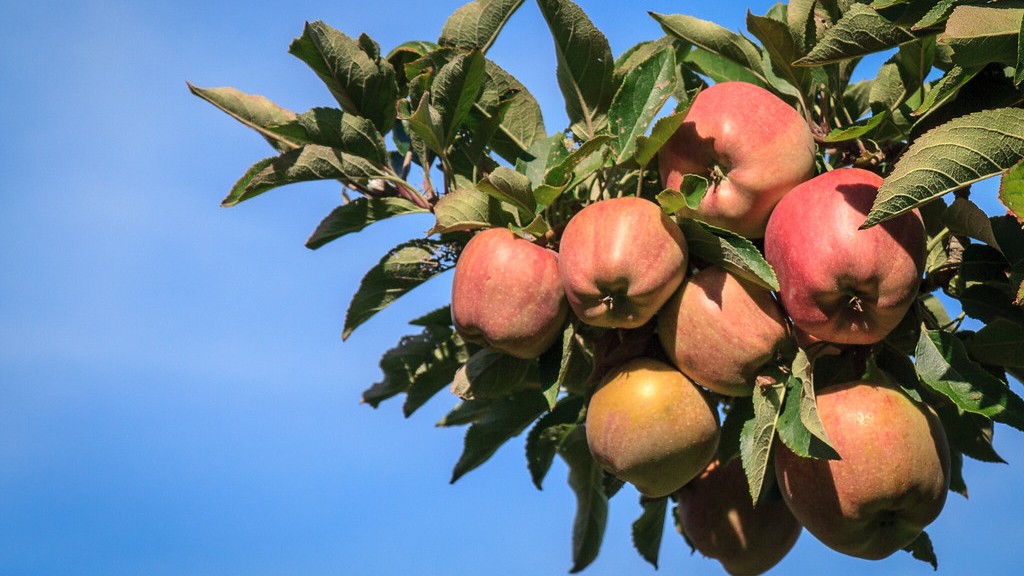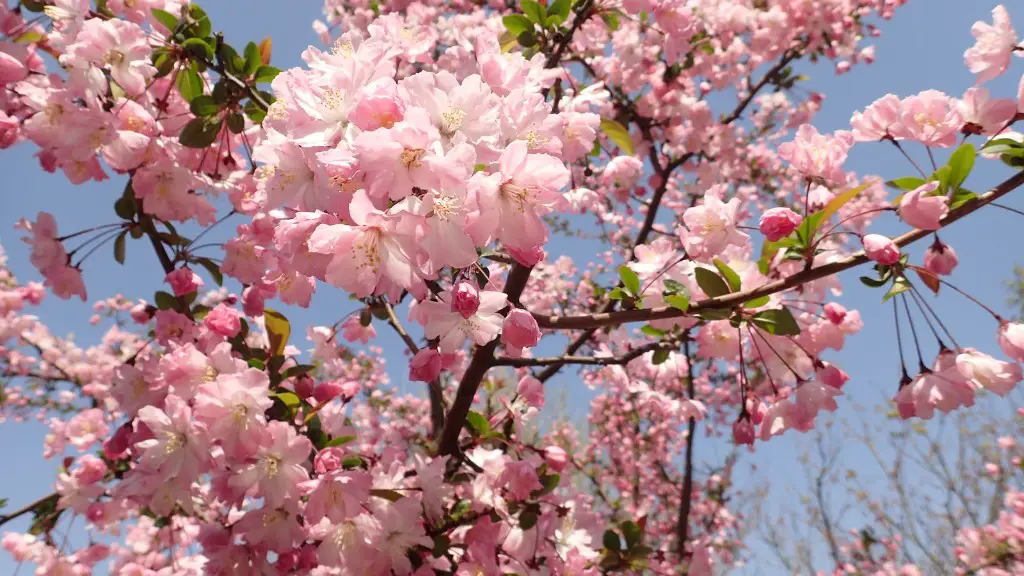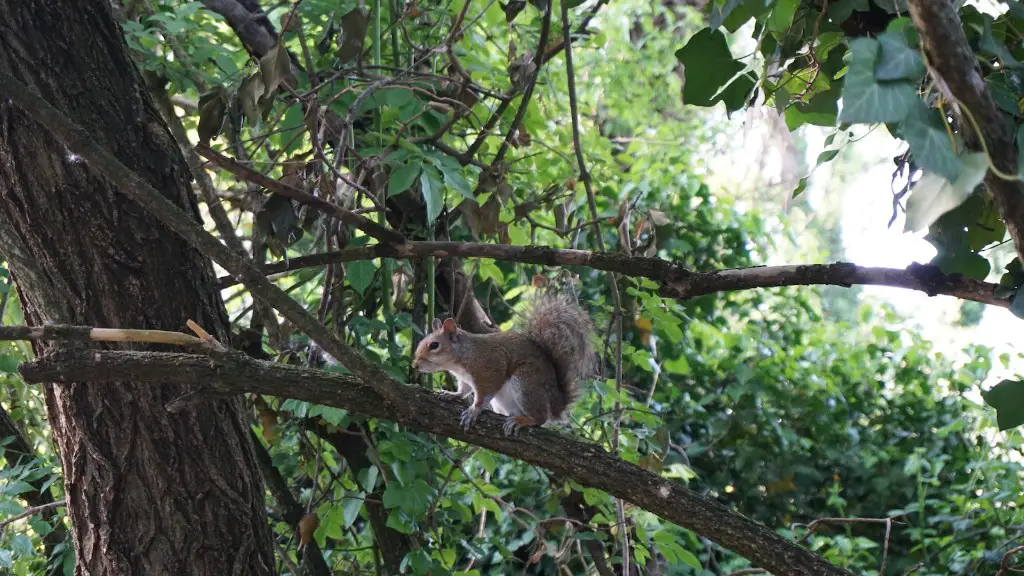Introduction
Avocado trees are relatively easy to grow and care for and can provide many health benefits to those who choose to plant them. Avocado trees are a popular choice for home gardens and can provide delicious fruits for years to come when provided with the proper care. With guidelines for watering, fertilizing, pruning, and other essential care methods, it’s easy to give any avocado tree the best chance for success.
Watering Requirements and Frequency
Avocado trees prefer a well draining soil that is evenly moist and they should be watered deeply and regularly. Young trees should be watered at least once a week and in the hottest, dry months they should be watered twice a week. Older avocado trees can be watered less frequently, but they should receive at least an inch of water each week. Avoid overwatering as avocado trees are susceptible to root rot and other fungal diseases if kept too wet.
Fertilization
Avocado trees require fertilization to ensure they have sufficient nutrients to produce high-quality fruit and prevent nutrient deficiencies. Fertilize young trees two or three times a year using a slow-release fertilizer and apply it 1 to 2 feet from the trunk in early spring, late spring, and summer. For trees that are three years and older, fertilize in late winter, early spring, and late summer.
Pruning
Pruning is essential for a healthy and productive avocado tree. Prune trees during the spring and summer to remove any diseased, dead or crossing branches. Pruning will encourage growth and promote healthy air circulation and fruit production. In addition, pruning will help maintain a preferred and attractive shape and size of the tree.
Plant Growth Protection and Pest Management
It is important to protect young avocado trees from pests such as aphids and scales, as well as plant diseases such as anthracnose and root rot. To do this, use a light horticultural oil spray every two weeks during the months of late spring and summer. If there is an infestation of pests, use a targeted and eco-friendly pesticide.
Harvesting Avocados
Avocado trees can take up to five years to produce fruit, but when it’s time for harvesting, it’s important to be patient. Avocados are harvested when they are mature and still firm; if they’re harvested too early, they won’t ripen properly. When ripe, the avocados will turn a dark purple or black color and will give slightly when pressed.
Soil Requirements
Avocado trees thrive in well-draining soils with a high organic content. In order to create a good soil for avocado trees, mix together equal parts of sand and compost with wood chips and fill it into the planting hole when the tree is planted. Mulching with wood chips or organic material will help maintain a moist soil and add organic matter.
Mulching
Mulching with organic material is a great way to protect avocado trees from the elements and control the soil temperature. It is best to spread the mulch 2 or 3 inches thick around the base of the tree to a radius of 4 to 5 feet. This will help the soil retain moisture and keep weeds away from the sensitive tree roots.
Staking
In order to provide extra support to young avocado trees, it is important to use stakes. Install two stakes at least three feet tall in the soil around the young tree and tie the trunk to the stakes to prevent damage from strong winds or storms.
Pollination
Avocado trees are not self-pollinating and require insect pollinators, such as honeybees, to fertilize the flowers and produce fruit. To attract honeybees, plant bee-friendly plants in the vicinity of the avocado tree to ensure successful pollination and fruiting.
Disease Prevention and Treatment
Avocado trees are susceptible to a variety of fungal diseases such as root rot and anthracnose, as well as pests such as scales and aphids. If a tree is suffering from a fungal disease, it is best to prune off all infected branches and apply a fungicide. If an infestation of pests is identified, spray a targeted and eco-friendly pesticide.



